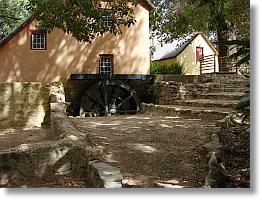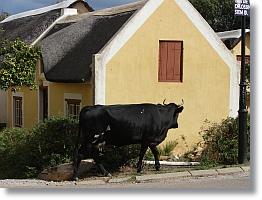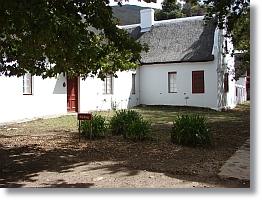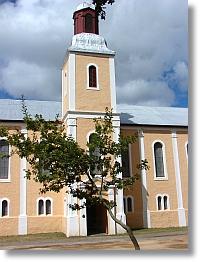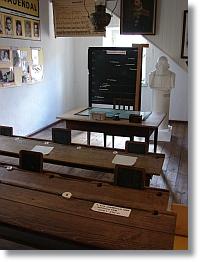- HOME
- CONTACT US
- Comments
- Cape Town
- Cape Town at night
- Stellenbosch
- Simons Town
- Kalk Bay
- Hermanus
- Genadendal
- Greyton
- Paarl
- Franschoek
- Mamre
- Butterfly World
- World of Birds
- The Argus Tour
- flora and fauna
- West coast spring flowers
- Big-and-small-five
- Space Photography
- South Africa geography
- Cape Carnival
- Penguin rescue
- dolphin-killings-in-denmark
- Cape Town Weather
Menu
Genadendal or the valley of grace
The mission station of Genadendal, also known as the valley of grace, was founded by the Moravavian Missionary Society in 1793 in what was called Baviaans Kloof, ravine of the baboons.
Where in 1737 an earlier worker of the Society, Georg Schmidt, had attempted to establish a station for the conversion of the Hottentots to Christianity.This effort had failed, ending after five years in a squabble over the missionary’s right to administer Baptism to his converts.
The early beginnings
The
Moravian Church (originated in 1457 in Moravia, today part of Slovakia)
had a particular zeal for mission work and in 1737 the young German
bachelor missionary Georg Schmidt was sent to the Cape. Many thought
that mission work among the Khoi (Hottentots) was attempting the
impossible, but in spite of this Schmidt settled on 23 April 1738 in
Baviaans Kloof (Ravine of the Baboons) in the Riviersonderend Valley.
Schmidt
became acquainted with an impoverished and dispersed Khoi people who
were practically on the threshold of complete extinction. Apart from the
few kraals which still remained, there were already thirteen farms in
the vicinity of Baviaans Kloof. Within a short while Schmidt formed a
small Christian congregation. He taught the Khoi to read and write, but
when he began to baptise his converts there was great dissatisfaction
among the Cape Dutch Reformed clergy. According to them, Schmidt was not
an ordained minister and so was not permitted to administer the
sacraments. Consequently he had to abandon his work, and in 1744, after
seven years at Baviaans Kloof, he left the country.
The mission work resumed
Only in 1792 did the Moravians obtain permission to resume Schmidt’s work at Baviaans Kloof. For this task three missionaries, H. Marsveld, C. Kühnel and D. Schwinn, were chosen.
When they arrived they found the ruins of Schmidt’s dwelling, with a great pear tree in the garden. There was also an old woman, Magdalena, whom Schmidt had baptised, whose acquaintance they made. She was able to show them a Bible (on display in museum), kept in a leather bag, which had been given to her years ago by Schmidt.
The missionaries listened with amazement when she asked her daughter to read a portion of the New Testament to them. When the work in Baviaans Kloof was resumed, the missionaries and the members of their congregation had to cope with a number of problems. The Stellenbosch D.R.C. questioned the authority and the desirability of mission work in Baviaans Kloof, which lay within the boundaries of their ministerial district.
The museum
There
are 15 exhibition rooms with a unique collection ranging from household
equipment, musical instruments, medical equipment, tools, books,
printing presses, the oldest fire-engine and oldest pipeorgan in the
country etc., etc.
The
contents of the museum were declared a National Cultural Treasure on 8
March 1991. Most of the collection on display has been produced and used
at this mission station.
Web design and publishing by Ernst Weinert
